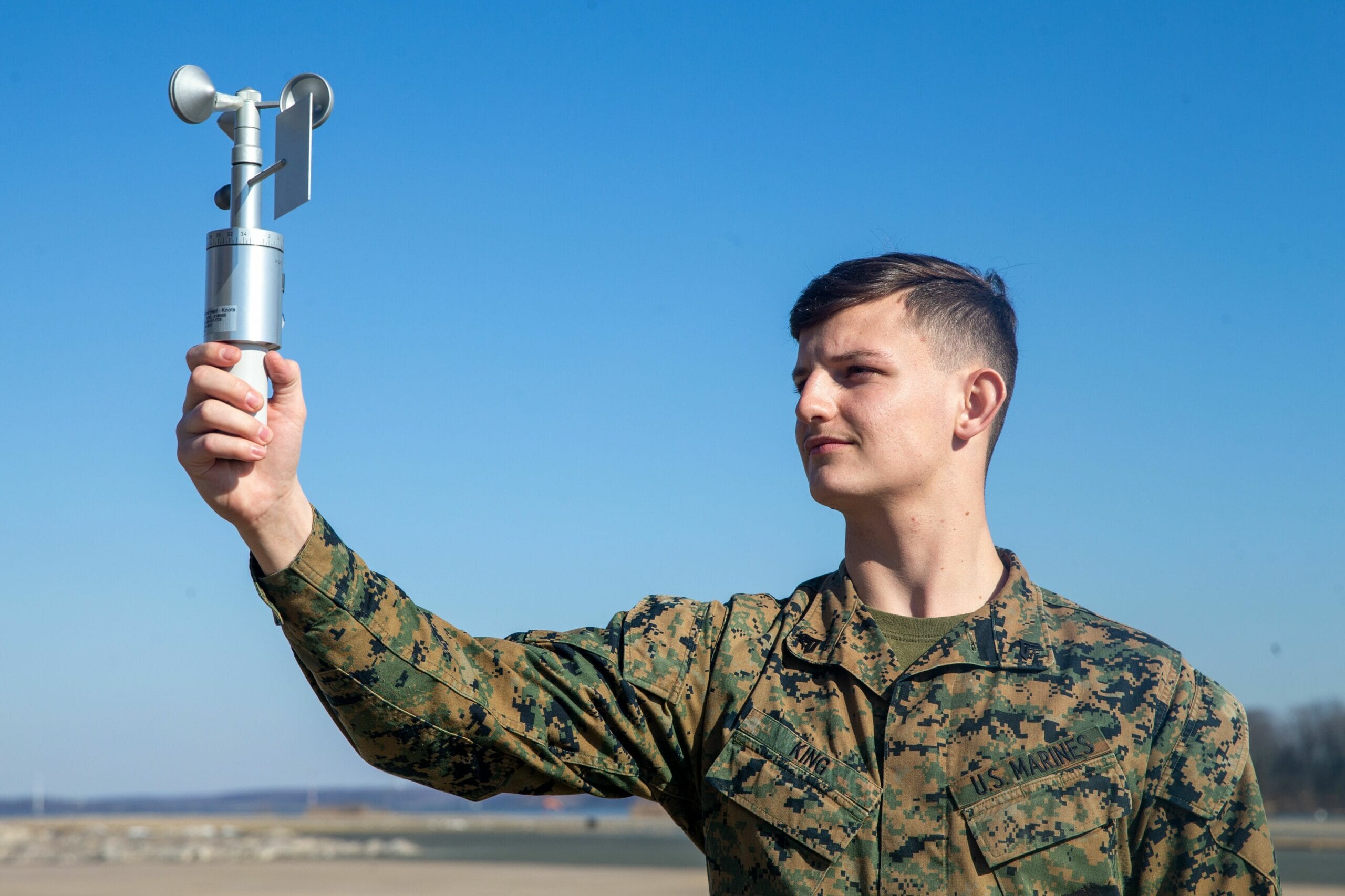Anemometers, instruments engineered to meticulously measure wind speed and direction, are often overlooked yet indispensable tools on the battlefield. Providing crucial data that influences a vast array of military operations, from long-range artillery strikes to the safe operation of aircraft, understanding wind conditions is paramount to achieving tactical advantage. This article delves into the world of military-grade anemometers, exploring their various types, applications, and the technological advancements shaping the future of wind measurement in the defense sector.
The Crucial Role of Anemometers in Military Operations
In the high-stakes theater of war, where precision and predictability can dictate the outcome of engagements, military strategists rely on a surprisingly unassuming tool: the anemometer. While not as outwardly impressive as a tank or fighter jet, this device, which meticulously gauges wind speed and direction, plays a crucial role in ensuring the effectiveness and safety of numerous military operations.
Consider the complexities of accurately firing artillery at a target miles away. Wind, an omnipresent and often unpredictable force, can significantly alter a projectile’s trajectory, rendering the attack ineffective or, worse, causing unintended casualties. Anemometers provide the critical wind data necessary for soldiers to make real-time adjustments to their calculations, improving accuracy and minimizing collateral damage.
However, the significance of anemometers extends far beyond artillery. Let’s examine the broader impact of these wind-measuring instruments in modern military operations:
Aviation Safety and Efficiency: For pilots, understanding wind conditions is non-negotiable, especially during critical phases of flight. A sudden gust or wind shear can have catastrophic consequences. Anemometers function as an early warning system, providing real-time data on wind patterns and helping pilots make informed decisions to ensure the safety of their aircraft and crew. On aircraft carriers, where landing spaces are limited, accurate wind data is even more critical.
Predicting the Spread of Threats: In scenarios involving chemical or biological agents, knowing how wind will carry these substances is essential for protecting both troops and civilians. Anemometers, often used in conjunction with sophisticated modeling software, help predict the potential spread of these threats, enabling timely evacuations and the deployment of appropriate countermeasures.
Enhancing Drone Operations: Unmanned aerial vehicles (UAVs), or drones, have become integral assets for reconnaissance, surveillance, and targeted strikes. However, these aircraft are also susceptible to wind gusts that can disrupt their flight paths and compromise mission objectives. Anemometers provide critical data for drone operators, allowing for precise navigation and ensuring drones reach their destinations and successfully complete their missions.
Types and Technology of Military Anemometers
The term “anemometer” originates from the Greek words “anemos” (wind) and “metron” (measure), literally meaning “wind measurer.” Just as military tactics and technology have evolved over time, so too have anemometers, transitioning from simple mechanical devices to sophisticated, electronically enhanced instruments. Here are some of the most common types of anemometers employed by modern military forces:
Cup Anemometers: This classic anemometer design features three or four hemispherical cups mounted on horizontal arms, which are attached to a vertical shaft. As the wind blows, the cups rotate, with the speed of rotation directly proportional to the wind speed. Cup anemometers are known for their simplicity, reliability, and affordability, making them suitable for general wind speed measurements.
Vane Anemometers: Also referred to as propeller anemometers, these instruments determine both wind speed and direction. They feature a propeller-like vane mounted on a horizontal axis, which aligns itself with the wind direction. The rotation speed of the propeller is proportional to the wind speed. Vane anemometers are particularly useful in applications where determining wind direction is as crucial as knowing its speed.
Sonic Anemometers: Representing a significant advancement in anemometer technology, these instruments use ultrasonic sound waves to measure wind speed and direction. Sonic anemometers emit pulses of sound and measure the time it takes for these pulses to travel between transducers. Wind affects the speed of sound, so by analyzing these variations, the anemometer can calculate both wind speed and direction with high accuracy. These devices are known for their sensitivity, durability (as they have no moving parts), and ability to measure turbulent wind conditions more effectively.
Advancing Technology: The Future of Military Anemometers
Military technology is in a constant state of evolution, and anemometers are no exception. Advancements in miniaturization, data processing, and sensor integration are shaping the future of wind measurement in military operations. Some key trends include:
Miniaturization: The drive towards smaller, more portable anemometer units is enabling individual soldiers to carry these devices, providing them with on-the-ground, real-time wind data and enhancing situational awareness. This miniaturization is particularly beneficial for special forces operating in diverse and challenging environments.
Data Logging and Analysis: Modern anemometers are equipped with data logging capabilities, allowing for the storage of vast amounts of wind data over extended periods. This data can be analyzed to identify long-term wind patterns, predict future conditions, and create more accurate meteorological models, which are crucial for planning operations and anticipating potential challenges.
Wireless Communication: Anemometers are increasingly being integrated with wireless communication systems, enabling them to relay real-time wind data to remote command centers. This instant data transfer enhances situational awareness, allowing commanders to make more informed decisions based on up-to-the-minute environmental conditions.
Integration with Other Sensors: The future of military technology lies in interconnected systems. Anemometers are being integrated with other meteorological sensors, such as those measuring temperature, humidity, and barometric pressure, to create a comprehensive picture of the battlefield environment. This data fusion provides a level of intelligence and insight that is invaluable for tactical planning and risk assessment.
Conclusion: A Critical Tool for Battlefield Dominance
While they may not be as visually imposing as other military hardware, anemometers play an indispensable role in modern warfare. Their ability to accurately measure wind speed and direction provides critical data that impacts the effectiveness and safety of numerous military operations, from artillery strikes to drone deployments. As technology continues to advance, anemometers are likely to become even more sophisticated, providing real-time data, enhanced analysis, and seamless integration with other sensor systems. The humble anemometer, once a simple wind gauge, has evolved into a crucial tool for achieving battlefield dominance in the 21st century.
If you are interested in learning more about how buoyancy is affected in an estuary, then you should click on the link below to see a detailed explanation.
how is buoyancy affected in an estuary
- Unlock Elemental 2 Secrets: Actionable Insights Now - April 2, 2025
- Lot’s Wife’s Name: Unveiling the Mystery of Sodom’s Fall - April 2, 2025
- Photocell Sensors: A Complete Guide for Selection and Implementation - April 2, 2025
















